5 Ways to Avoid Greenwashing Like a Pro
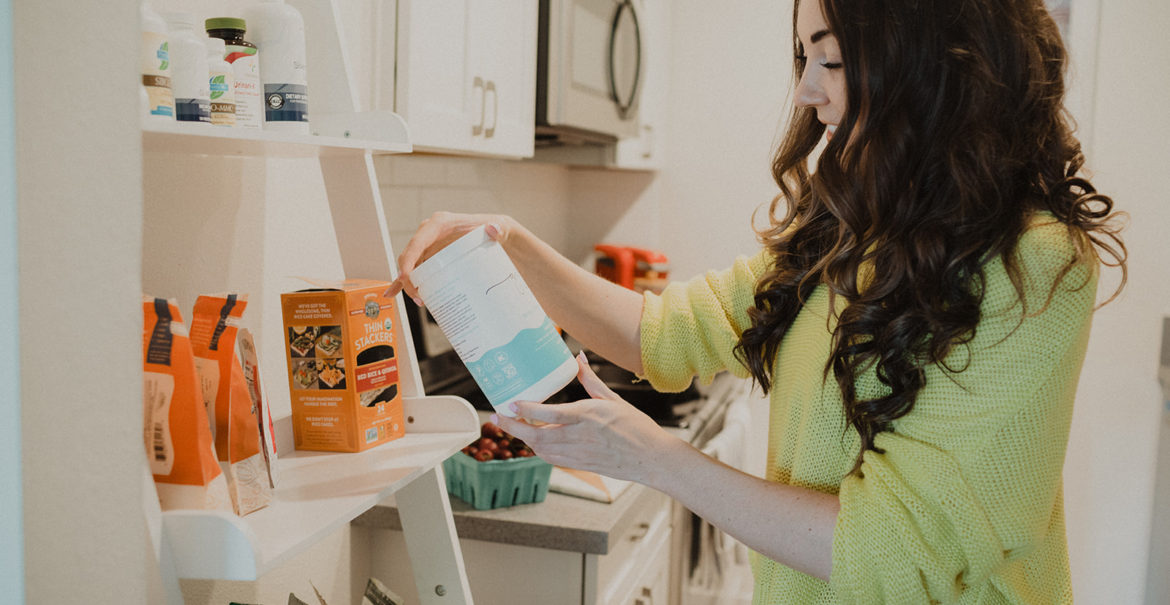
YOU GUYS I AM SO FREAKING EXCITED!!! Today I am sharing my first ever guest post by the gorgeous, Disney-loving and healthfully minded Taylor Toro. I have had a longstanding dream to eventually take Chic & Disheveled from a blog that shares my personal views, to a platform that could share the views of many. I am excited because this feels like the first official step in that direction! #boom
I first met Taylor when I was styling a photoshoot in San Diego and she was one of the models like 3 years ago and genuinely loved her kind soul. Fast forward to today where she runs her own blog and is the creative producer for none other than Tony Robbins! I love following Taylor on Instagram because she is always sharing great health and wellness tips and I loved one story in particular about greenwashing. The subject had been on my mind and so I reached out to Taylor to see if she would be open to sharing some of her wisdom on the subject. Read on for 5 ways avoid greenwashing like a pro and make sure to check out Taylor’s blog and IG! They are linked at the end of the blog post!
xx Jess

What exactly is greenwashing? It’s a buzzword for 2019. A quick Google search reveals it to be “disinformation disseminated by an organization so as to present an environmentally responsible public image.” DISINFORMATION -key word here! Sounds dishonest, right?
In the marketing world it specifically refers to when brands use tactics to advertise themselves as having clean ingredients, being environmentally friendly, or healthy when in reality none or only some of these are true. To many greenwashing started when companies began falsely advertising environmentally conscious business practices, but the term has snowballed to encompass everything from packaged food items to household cleaning products. From the outside, a product may look like a smart choice for someone seeking a healthy purchase. But the inside tells otherwise.
What’s a human to do? Most of us are making strides to lead more sustainable lives and nurture our bodies with organic, whole foods. Marketers are on to this uptick in conscious consumerism and want to leverage these newer buying habits to increase sales. Womp, womp. Always with the money!
But fear not, what marketers haven’t realized in all their fake healthy scheming is that consumers are more informed than ever before. Not feeling quite there in your own greenwashing knowledge? Here are 5 tips to help you avoid greenwashing like a champ.
1. Ignore Meaningless Marketing Phrases
100% natural, All-natural, 100% clean, zero nasties, simple ingredients, only the good stuff; these are ALL examples of tricky little meaningless phrases companies use on their packaging to fool buyers into thinking their product is actually clean.
A great small example is this: My husband bought a bag of Oreos recently. Curious (and let’s be honest, CRAVING one!) I peeked at the front of the packaging. They had a little section in white that read “Always made with real cocoa!” Seems harmless, but this is an attempt by Oreo to make consumers feel better about purchasing their product. They talk about one pure ingredient on the front of their design, when their actual full list of ingredients on the back includes artificial ingredients, most notably glyphosate. Google that bad boy, it’s GNARLY.
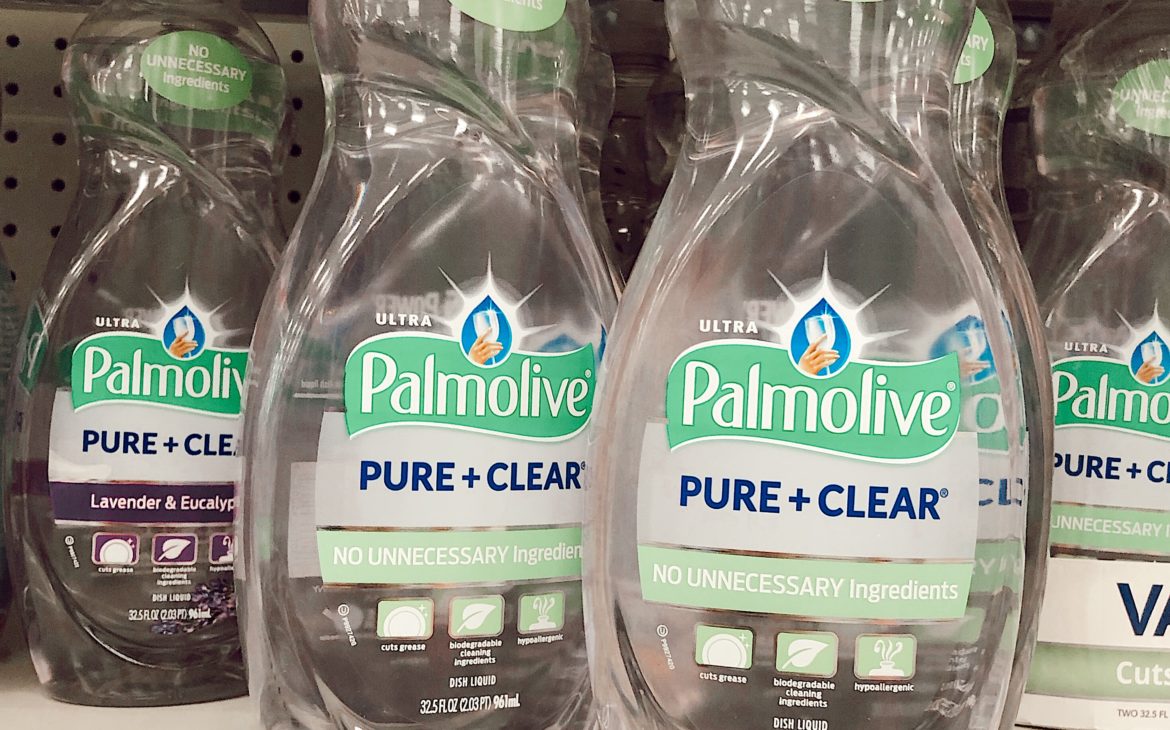
2. Look for These Seals and Certifications
Instead of focusing on taglines and phrases on packaging, look at what they can’t lie about: Government and nonprofit-issued seals and certifications. Here are few great ones to be on the lookout for when shopping:
- USDA Organic Certification (zero pesticides, zero GMOs, the cream of the crop when it comes to buying a truly clean food product. Pro Tip: I highly recommend that you buy all berries USDA organic, they’re some of the MOST heavily sprayed produce on the planet.)
- Non-GMO Project Verified (a fantastic label that allows consumers to know there are zero genetically modified organisms in what they are buying. Just know that Non-GMO alone doesn’t mean the product is entirely safe. A Non-GMO carton of almond milk just means there are no genetically modified almonds inside. It doesn’t mean the almonds are organic and free of the 9 different pesticides conventional almonds are sprayed with. Brands will tactfully use the Non-GMO label to fool consumers into feeling their product is trustworthy. It happened to me.)
- Green Seal: (an eco-friendly nonprofit that creates standards for companies to adhere to in order to be certified environmentally friendly. Love this one!)
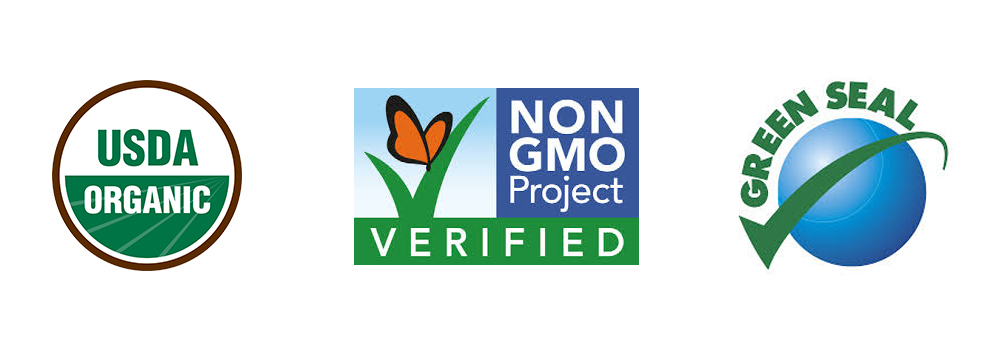
3. Ignore the Hip, Green Branding
Oh, look their packaging is so minimal and hipster! I for one LOVE a good design, I’m very much into aesthetics. This is one tactic brands will use to convince consumers their product is a clean one.
They’ll pull from the colors and designs of other truly cleaner brands and recreate their own version to lure people in. There’s already a “look” most humans associate with healthier products. Think lots of green, lots of white space, earthy images, farms, cattle roaming free etc. They’ll stay away from primary colors like red, which is most commonly used by fast food brands as it entices hunger. These tricksters are just covering the same dirty product with new shiny packaging. Don’t take the bait.
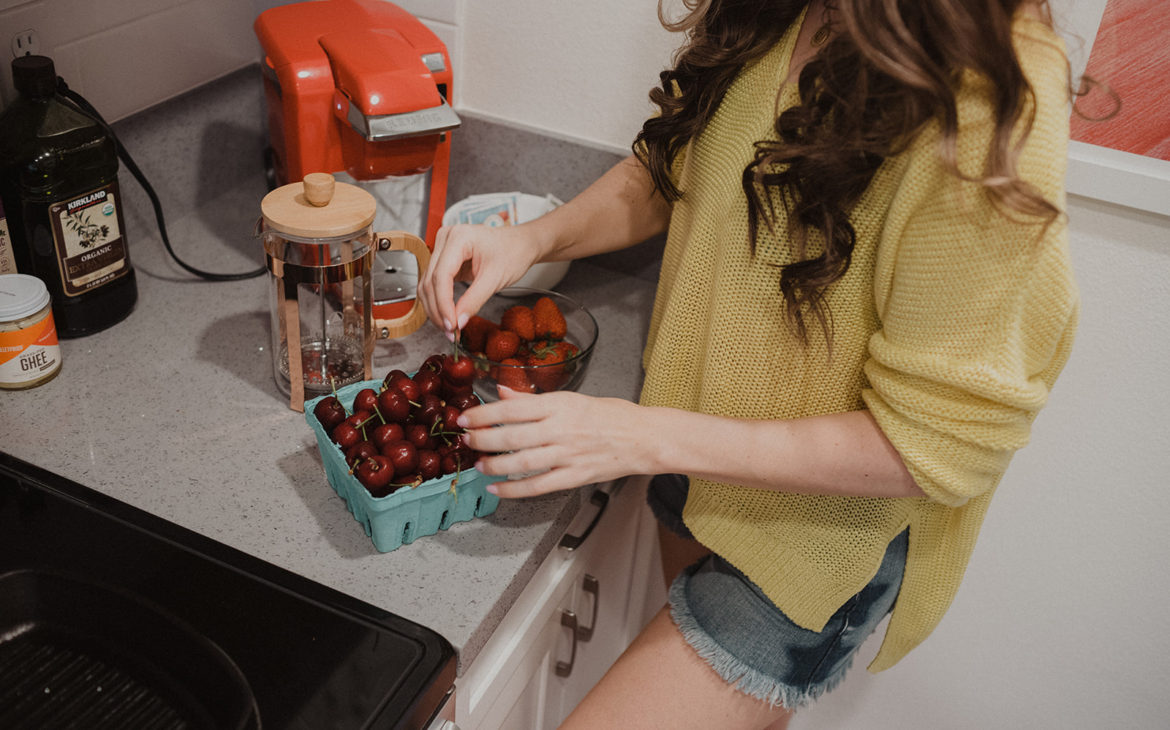
4. Do Your Research
Sometimes it’s just too confusing or time consuming to scrutinize a product while standing in the grocery store aisle. Take to the internet and do some research about the item in mind. What does their website say about their sourcing and manufacturing methods? Do they list their full ingredient list and certifications?
Or are they vague and nondescript, using meaningless phrases like discussed above? In the moment it can be difficult to truly assess whether a product lines up with your personal sustainability and or health standards. Do your own investigation beforehand and walk into the store prepared and confident in your knowledge about the products you intend to buy.
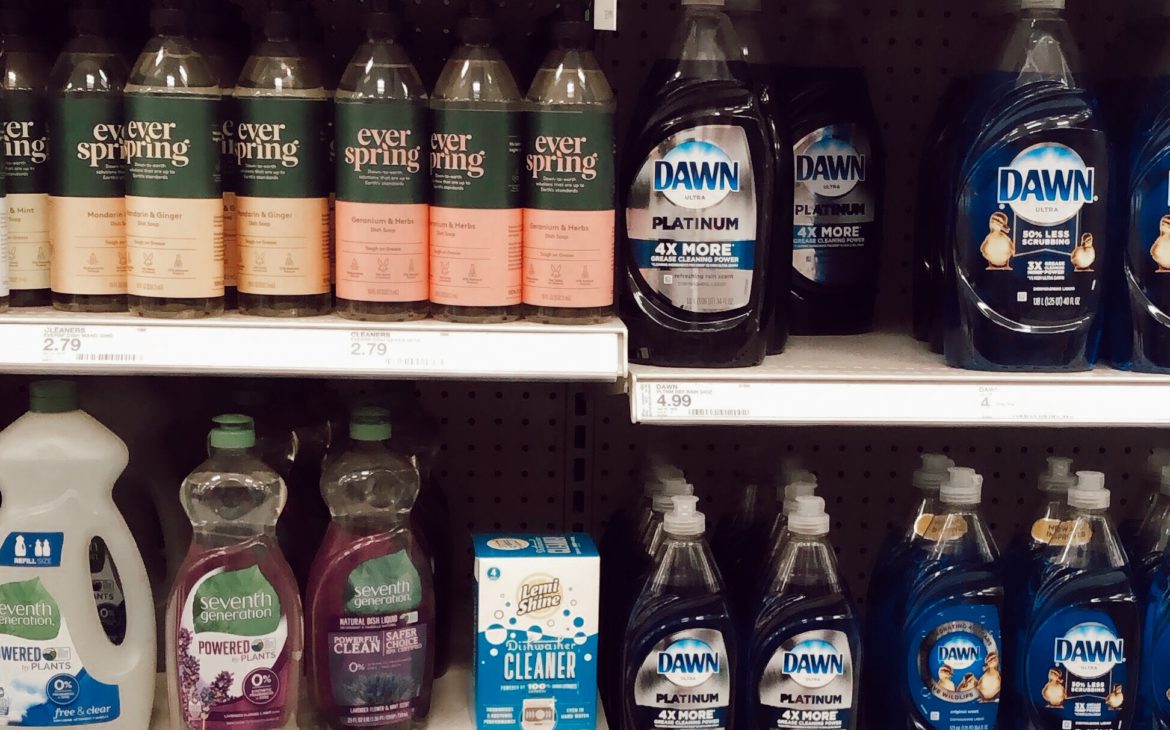
5. Define Your Personal Standards
Perhaps most important of all is to evaluate what you personally align with when it comes to supporting businesses and brands. Is it quality of life for the hens providing you with your store-bought eggs? Is it sustainability and cutting back on waste in product packaging? Maybe it’s sticking to 100% organic products only for your personal health and wellness.
Get clear on what it is you want to support. What are your nonnegotiables when shopping? Once these are laid out, you can use the above tips to adhere to them.
Greenwashing is everywhere now a days! It can actually be fun and a bit of a game to look at packaging and call out the ones that are using greenwashing tactics. If you spot one on a shelf near you, I’d LOVE for you to post and tag me so I can see your detective skills.
Cheers to empowered buying and avoiding greenwashing!
Taylor

Want to read more like this? Head to TaylorToro.com
Follow Taylor on IG: @Taylor_Toro
Taylor Toro is a San Diego based blogger who shares more than just pretty pictures. She serves up heartfelt encouragement, travel tips, and wellness knowledge with a side of style. More likely than not, she’s up in the air traveling. When Taylor is home she relishes in slow mornings, matcha in hand, while dreaming up her next shoot location and snuggling her husband.








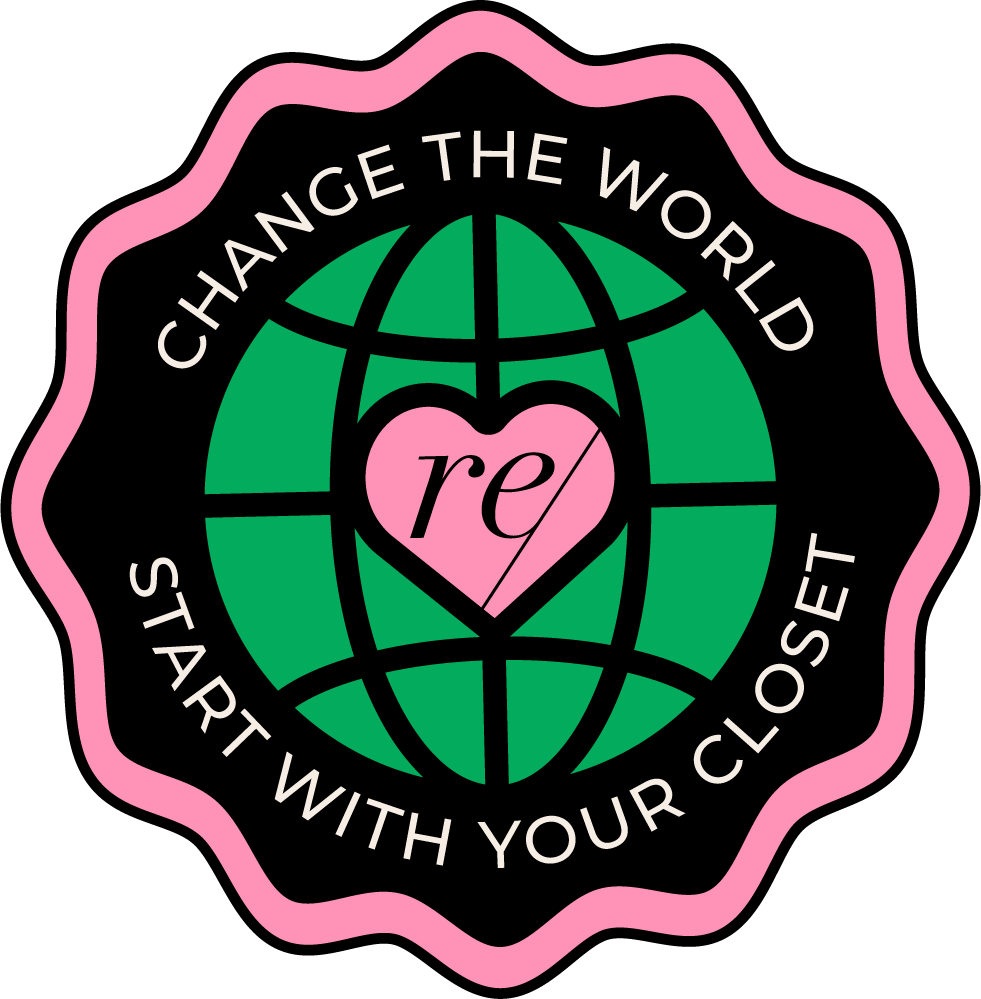

Comments are closed.